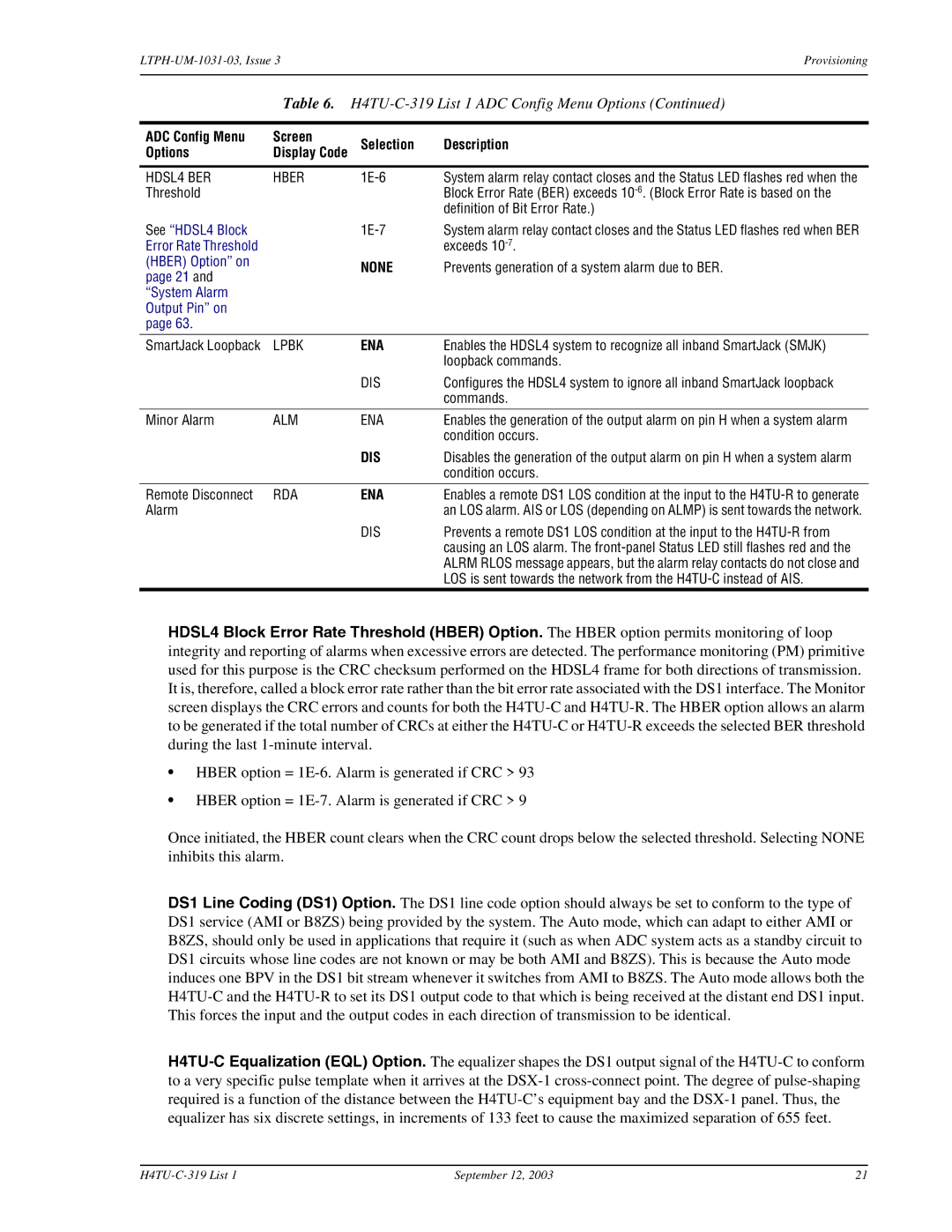
Table 6. H4TU-C-319 List 1 ADC Config Menu Options (Continued)
ADC Config Menu | Screen | Selection | Description |
Options | Display Code | ||
|
|
|
|
HDSL4 BER | HBER | System alarm relay contact closes and the Status LED flashes red when the | |
Threshold |
|
| Block Error Rate (BER) exceeds |
|
|
| definition of Bit Error Rate.) |
See “HDSL4 Block |
|
| System alarm relay contact closes and the Status LED flashes red when BER |
Error Rate Threshold |
|
| exceeds |
(HBER) Option” on |
| NONE | Prevents generation of a system alarm due to BER. |
page 21 and |
| ||
|
|
| |
“System Alarm |
|
|
|
Output Pin” on |
|
|
|
page 63. |
|
|
|
SmartJack Loopback | LPBK | ENA | Enables the HDSL4 system to recognize all inband SmartJack (SMJK) |
|
|
| loopback commands. |
|
| DIS | Configures the HDSL4 system to ignore all inband SmartJack loopback |
|
|
| commands. |
Minor Alarm | ALM | ENA | Enables the generation of the output alarm on pin H when a system alarm |
|
|
| condition occurs. |
|
| DIS | Disables the generation of the output alarm on pin H when a system alarm |
|
|
| condition occurs. |
Remote Disconnect | RDA | ENA | Enables a remote DS1 LOS condition at the input to the |
Alarm |
|
| an LOS alarm. AIS or LOS (depending on ALMP) is sent towards the network. |
|
| DIS | Prevents a remote DS1 LOS condition at the input to the |
|
|
| causing an LOS alarm. The |
|
|
| ALRM RLOS message appears, but the alarm relay contacts do not close and |
|
|
| LOS is sent towards the network from the |
HDSL4 Block Error Rate Threshold (HBER) Option. The HBER option permits monitoring of loop integrity and reporting of alarms when excessive errors are detected. The performance monitoring (PM) primitive used for this purpose is the CRC checksum performed on the HDSL4 frame for both directions of transmission. It is, therefore, called a block error rate rather than the bit error rate associated with the DS1 interface. The Monitor screen displays the CRC errors and counts for both the
•HBER option =
•HBER option =
Once initiated, the HBER count clears when the CRC count drops below the selected threshold. Selecting NONE inhibits this alarm.
DS1 Line Coding (DS1) Option. The DS1 line code option should always be set to conform to the type of DS1 service (AMI or B8ZS) being provided by the system. The Auto mode, which can adapt to either AMI or B8ZS, should only be used in applications that require it (such as when ADC system acts as a standby circuit to DS1 circuits whose line codes are not known or may be both AMI and B8ZS). This is because the Auto mode induces one BPV in the DS1 bit stream whenever it switches from AMI to B8ZS. The Auto mode allows both the
September 12, 2003 | 21 |
